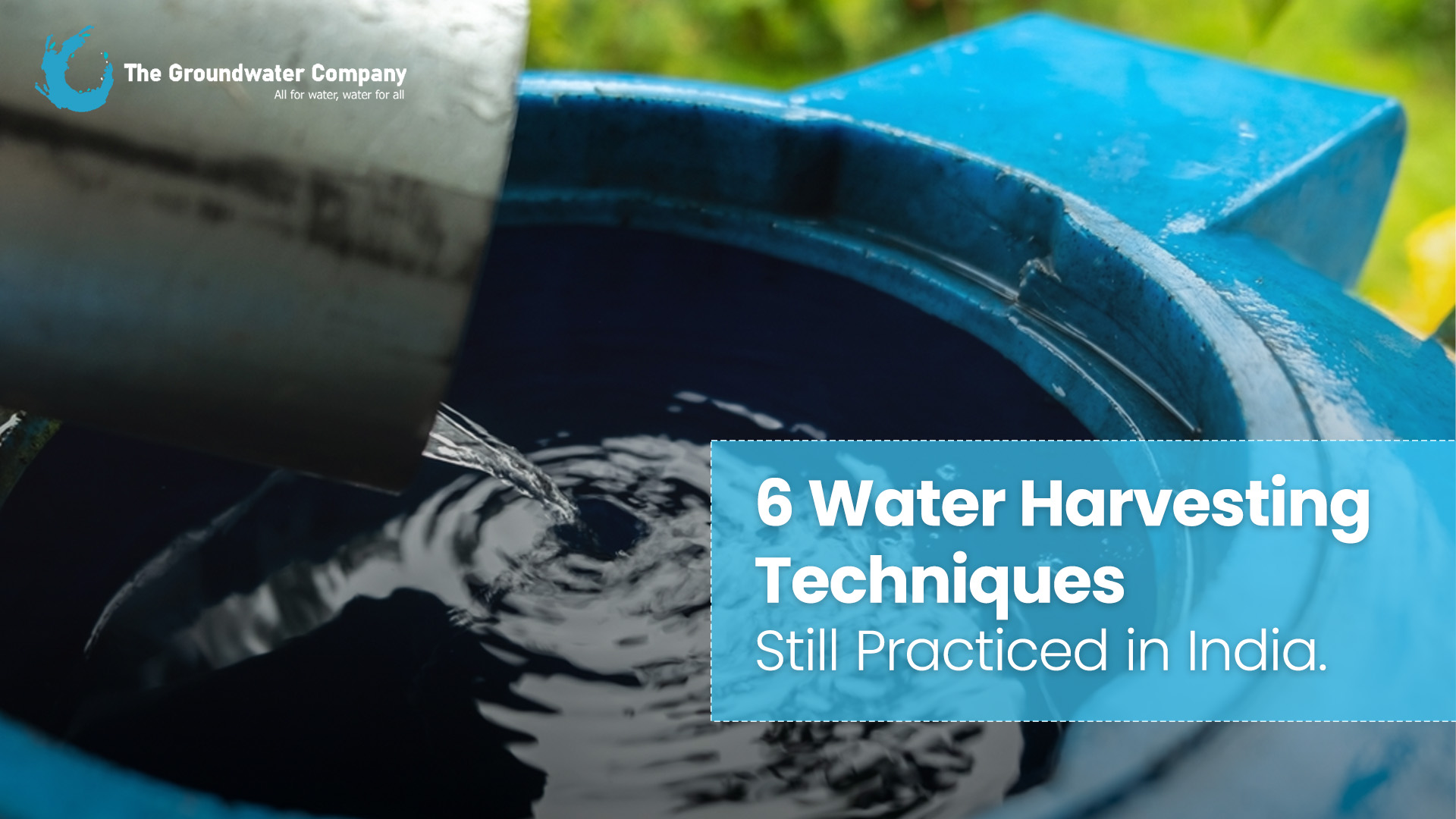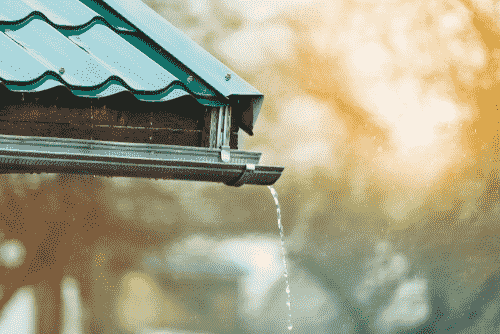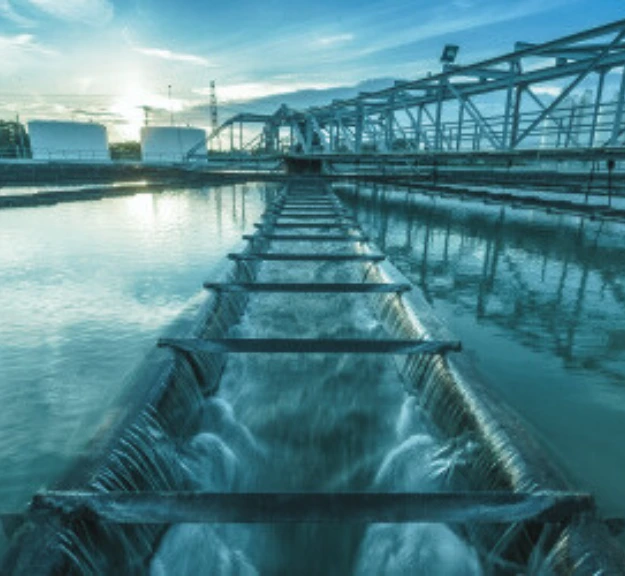Water Harvesting Techniques in India: 6 Traditional Methods That Still Work Today
Water harvesting techniques in India have been an integral part of Indian communities for centuries — long before modern water systems came into play. In a time when water crisis solutions and sustainability are more critical than ever, these age-old techniques continue to serve as the backbone of water resource management across the country.
Let’s take a look at six traditional and effective methods of harvesting rainwater still practiced in India, and understand why they remain vital for our water security.
Rooftop Rainwater Collection Systems
One of the most simple yet highly effective water harvesting techniques in India is rooftop rainwater collection. This method has been used for generations in both rural and urban areas.
By channeling rainwater from rooftops into storage tanks, this technique provides a sustainable water source—especially in regions prone to water scarcity. It’s an excellent solution for drinking water needs and household usage while helping reduce dependency on municipal supply.
Did you know? A 100 sq. meter rooftop can collect over 50,000 liters of water annually in moderate rainfall zones.
Recharging Groundwater Aquifers
With groundwater depletion becoming a national concern, recharging aquifers has emerged as one of the most vital rainwater harvesting techniques in India.
Communities in Rajasthan and Gujarat use check dams, recharge wells, and ponds to trap rainwater and let it percolate naturally into the ground. This replenishes groundwater levels and builds long-term water resilience, especially in drought-prone zones.
Stepwells (Baolis)
Stepwells, or “baolis,” are ancient Indian engineering marvels. Designed to store rainwater underground, they keep water cool and accessible year-round—even during dry seasons.
Found mostly in Gujarat, Rajasthan, and Maharashtra, these stepwells are not only functional water reservoirs but also cultural heritage sites symbolizing India’s deep connection with water.
Tanks and Lakes
In southern India, large tanks and lakes have long served as regional water harvesting systems. These artificial or semi-natural water bodies collect monsoon rainfall and store it for irrigation and drinking purposes.
They also support agriculture—the lifeline of rural communities—and recharge groundwater naturally through percolation.
Example: The ancient Eri system in Tamil Nadu remains one of the most successful examples of sustainable tank-based water harvesting.
The Khadin System
The Khadin system, practiced in Rajasthan, is another traditional water harvesting technique in India.
It involves building embankments to collect and store rainwater for agricultural use. The retained water seeps slowly into the soil, recharging groundwater while maintaining soil fertility. Even in arid zones, this method provides both irrigation and drinking water security.
Jhalaras
Found primarily in Gujarat and Rajasthan, Jhalaras are man-made community tanks that collect rainwater and allow it to percolate into the earth.
Their design helps control groundwater levels while serving as a reliable water source for households and community use. Jhalaras are fine examples of traditional architecture combined with eco-engineering.
Importance of Rainwater Harvesting in India
The benefits of traditional water harvesting systems in India are immense. These time-tested methods not only mitigate water scarcity but also strengthen climate resilience and sustainable agriculture.
By combining traditional techniques such as stepwells and tanks with modern rooftop rainwater systems, India can ensure better groundwater balance and long-term sustainability.
Conclusion
These traditional water harvesting techniques in India are more than just ancient wisdom—they are the foundation of sustainable water management. By blending heritage with modern technology, we can solve India’s water crisis, revive aquifers, and secure water for generations to come.












